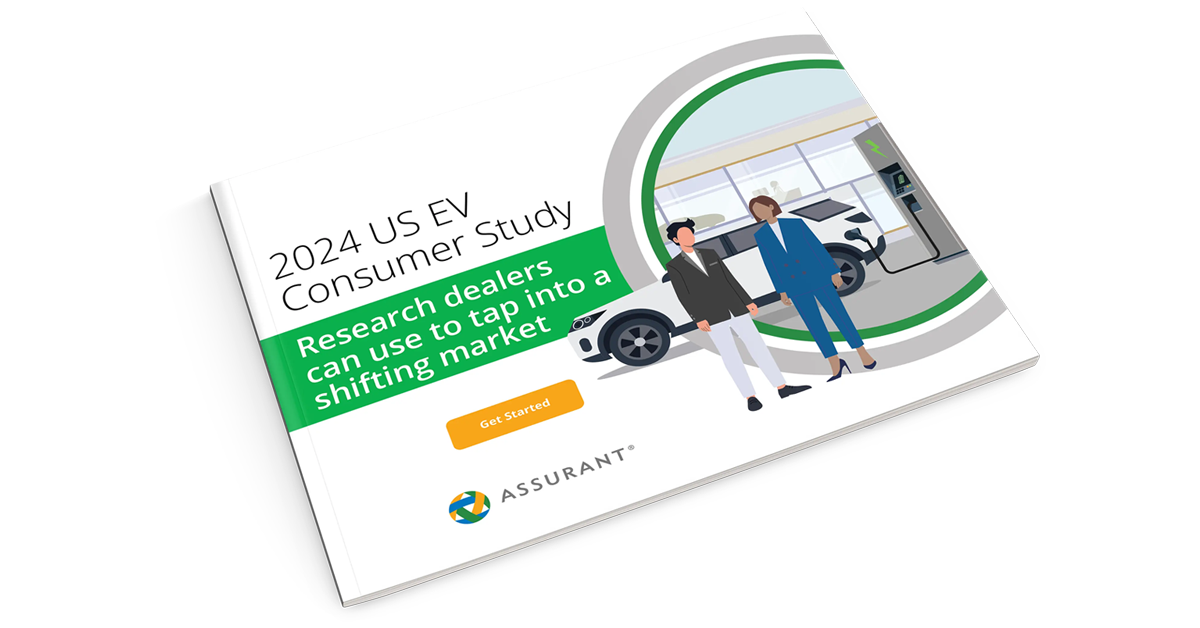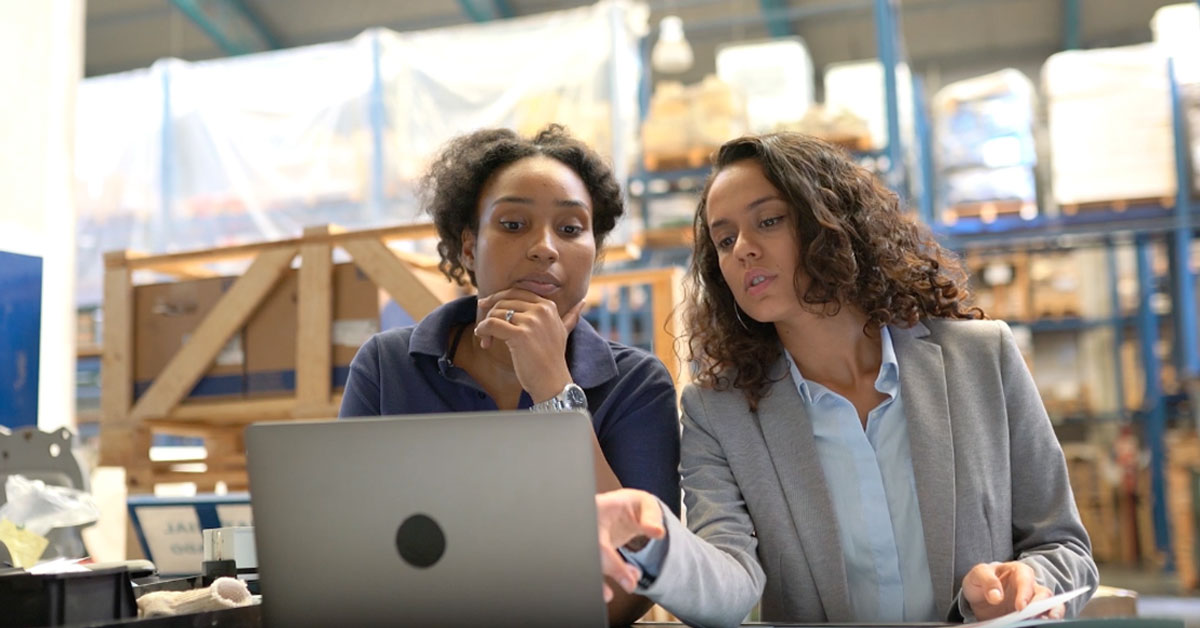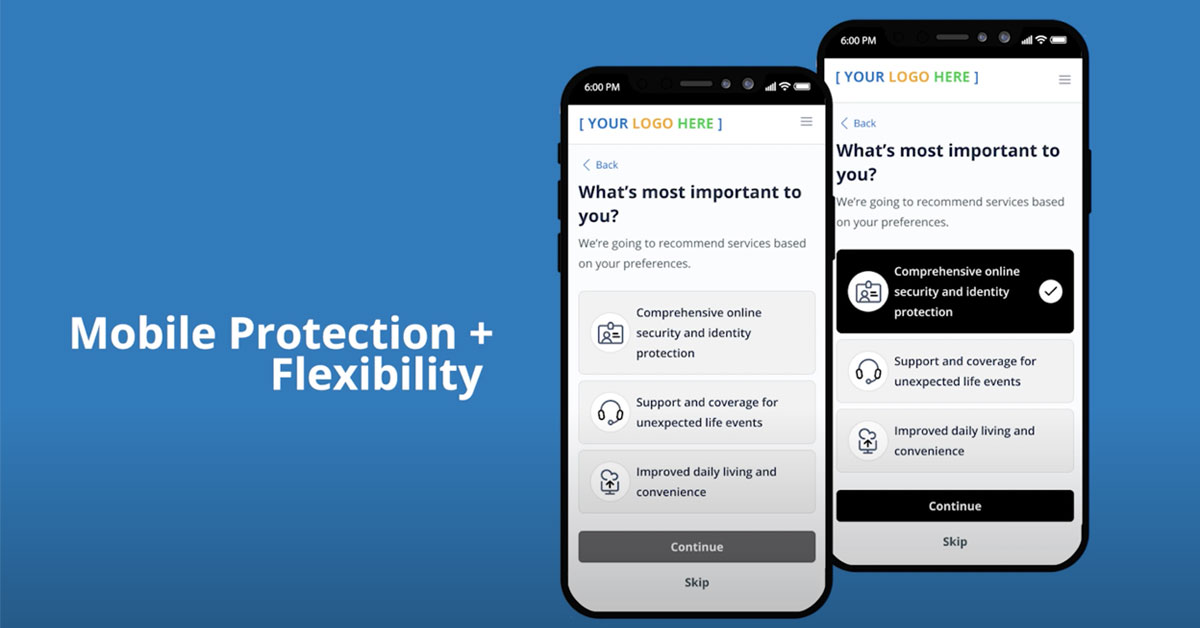Chief Innovation Officer at Assurant Talks Innovation, Future Focus and Fortune Award
A Q&A with Assurant Chief Innovation Officer, Manny Becerra
After being named one of 300 companies recognized as Fortune America’s Most Innovative Companies 2023, we spoke with Assurant Chief Innovation Officer Manny Becerra for a Q&A on the ways Assurant is thinking about product and process innovation, as well as creating a culture of innovation.
How does Assurant think about innovation?
Manny: That question is the right place to start. The way Fortune defined the award criteria for their America’s Most Innovative Companies 2023 recognition is closely aligned with how I’d define innovation at Assurant. They looked at three things: product innovation, process innovation, and innovation culture. And all three are equally important.
I think we tend to get locked into the idea of innovation as a tangible product — something you could go to the Consumer Electronics Show and touch. While that’s an important type of innovation, it’s not the only way to think about it. At Assurant, one of the things that’s grounded in our culture is the core belief that, if we’re not constantly changing and evolving, we can’t survive. And, since our specialty isn’t in tangible products, we’ve learned to think about innovation more broadly.
"Innovation can be a product (tangible or intangible), a service, a business model, or even a strategy."
The second part of my answer is around the value of innovation. A McKinsey study cited that mastering the essentials of innovation resulted in 2.4 times higher economic profit for companies compared to other peers. A separate study on global reputation found that innovation accounts for almost 13% of a company’s reputation.
And, of course, employees who work for employers who are perceived as innovative have higher satisfaction and higher retention. So, when we think about innovation at Assurant, we consider the full spectrum of immediate value that can be generated for our clients and customers, how we drive growth for the future, and how we make it easier and open the door for our employees to achieve.
How many projects are in Assurant’s innovation pipeline right now?
Manny: At this moment in time, there are 52 projects in the pipeline, and there are always more projects popping up to be considered.
What process do you and your team use to determine the ideas that move forward versus the ideas that are put on pause?
Manny: To start, we use data, analytics, and predictive modeling to determine the most impactful work. We conduct 70+ annual consumer research studies to understand demand; invest in dozens of emerging technologies to leverage market-first digital solutions, machine learning, and AI; and track behaviors for more than 300 million consumers worldwide. Using that combined intelligence, our teams of experts develop new ways to meaningfully enhance consumer experiences and drive competitive advantages across the mobile, automotive, retail, housing, and financial services markets.
Our approach to innovation consists of five distinct phases, each with formalized checkpoints to infuse unique thinking and cross-functional insights from our experts. Roughly, those stages are: ideation, design, minimum viable product (MVP), a pilot, and then a decision point.
Some of the formal ways we’ve built innovation into our culture are reflected in each of those stages. For example, there’s an open call for submissions at ideation stage. Anyone who has a hypothesis for change is invited to submit a proposal for ideation and pitch their idea. We even have a biannual training program, called Empower, where top employees submit an idea and spend six months planning and beginning to implement that idea with the help of mentors and access to senior company leaders.
At the opposite end of the process, our decisioning phase has some unique criteria when it comes time to decide whether to scale the pilot. Because we’re in multiple lines of business, a pilot that was unsuccessful in one business unit may be wildly successful in others. We have brain power in nearly every major consumer industry helping to determine use cases across the globe before we make a final decision.
We’re hearing a lot about AI right now. How is Assurant thinking about AI?
Manny: First, it’s important to distinguish between traditional AI and generative AI. We’ve been using traditional AI for years to analyze existing data and make future predictions based on historical data sets. Examples of this process in action include using AI analysis of point-of-sale protection products that help us identify ways to optimize sales or providing dynamic fulfillment options for claims. Generative AI is something completely different. Generative AI creates something entirely new that’s informed by machine learning algorithms and existing data patterns.
If we don’t leverage generative AI, we’ll lose our competitive position. And the use cases are infinite. We’re exploring a variety of applications, including underwriting workflows, claims processing, fraud detection, and more. I genuinely don’t see a world in which we’re not incorporating generative AI in the future.
"I genuinely don’t see a world in which we’re not incorporating generative AI in the future."
Without giving away any surprises on the horizon, what are some irons in the fire right now?
Manny: Right now, we’re really focused on innovating in a few key areas:
Virtual Repair
We’re evolving the way we service customers and the whole idea of virtual repair and claims servicing by providing the information and tools our customers need to resolve their own issues. We’re achieving this first through structural changes in the organization that allow our frontline teams to redefine how they think about customer service and provide virtual resolution as the norm moving forward. So, when a customer calls to file a claim, we can provide them with live access to tech professionals through video calls or remote visits, or, we can walk them through how to make the repairs on their own.
Insurtech & Digital Integrations
Today, 90% of claims are processed and resolved digitally. Through our Assurant Product Experience Exchange (APEX), we make it easier for our clients and partners to onboard our products and service their customers in this digital space. APEX fully integrates with our clients’ existing software, giving them the option to design custom microsites and widgets to best resolve their customers’ needs quickly and efficiently. And we’re currently working on a new development environment that would allow prospective clients to test APEX integration without having to first commit to a partnership with us, allowing for greater flexibility and building stronger relationships.
Device Care Centers
We’re establishing automation across our device care centers, allowing for faster and more efficient device repair and turnaround. Through augmented reality and AI, we can sort product, confirm receipt, buff and polish, test, bag, and label incoming devices more quickly. Our automated process increases the resale value by up to $50 per device, and our ability to customize and fabricate boxes for our clients on demand reduces our carbon footprint and the amount of scrap created.

Assurant helped drive a 33% increase from wholesale price to e-commerce price
How did Assurant CPO Solutions' convert salvage mobile and media devices into retail-ready products? Read the case study for strategies in enhancing online sales and to supercharge your refurbished device sales.
How do you ensure multiple perspectives are heard in the innovation process?
Manny: I mentioned earlier that we support multiple industries. One of the ways we bring different perspectives together is by having formalized cross-business product meetings. This helps us understand changing demand across different geographies, industries, and consumer sets. And it helps us identify opportunities to scale solutions instead of keeping us stuck in an industry-specific silo.
We also have formalized pilot meetings for each innovation project where we analyze existing data and performance alongside predictive modeling to evaluate the potential impact of the project. Another step we’re introducing this year is what I’m calling think-a-thons. We’ve got a list of challenges and opportunities that we’re either addressing now or that we see on the horizon, and we’re going to enlist highly motivated talent to think through how we solve those challenges and seize the opportunities available to us.
If you had to narrow it down to one trick, what’s the secret to successful innovation?
Manny: Don’t be afraid to disrupt your own business model. You’ll end up holding yourself back if you keep a soft spot for the status quo.






